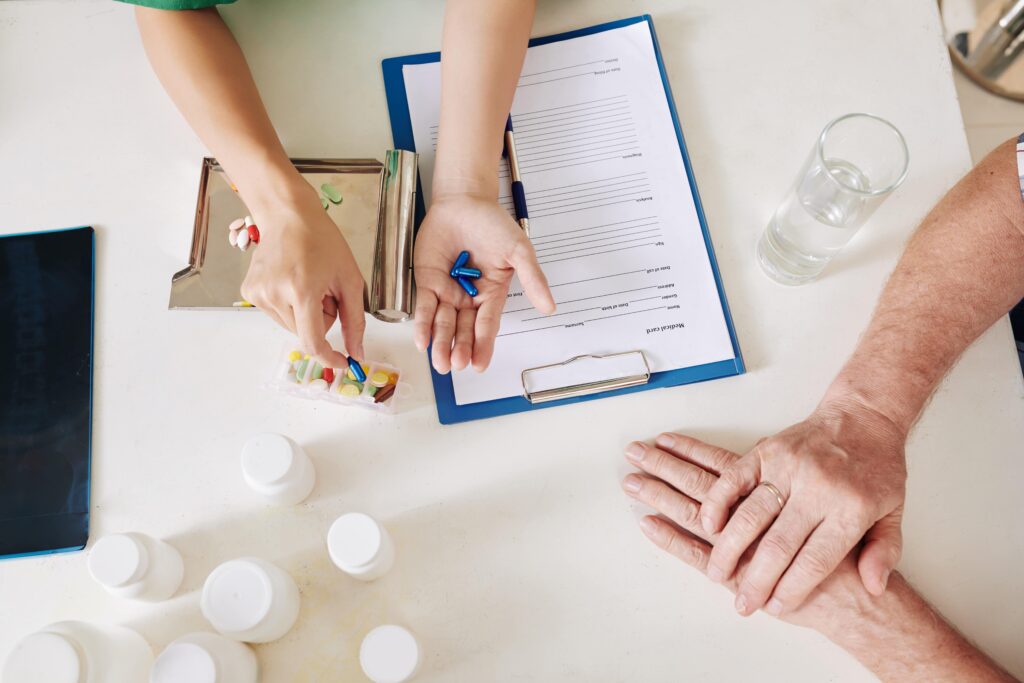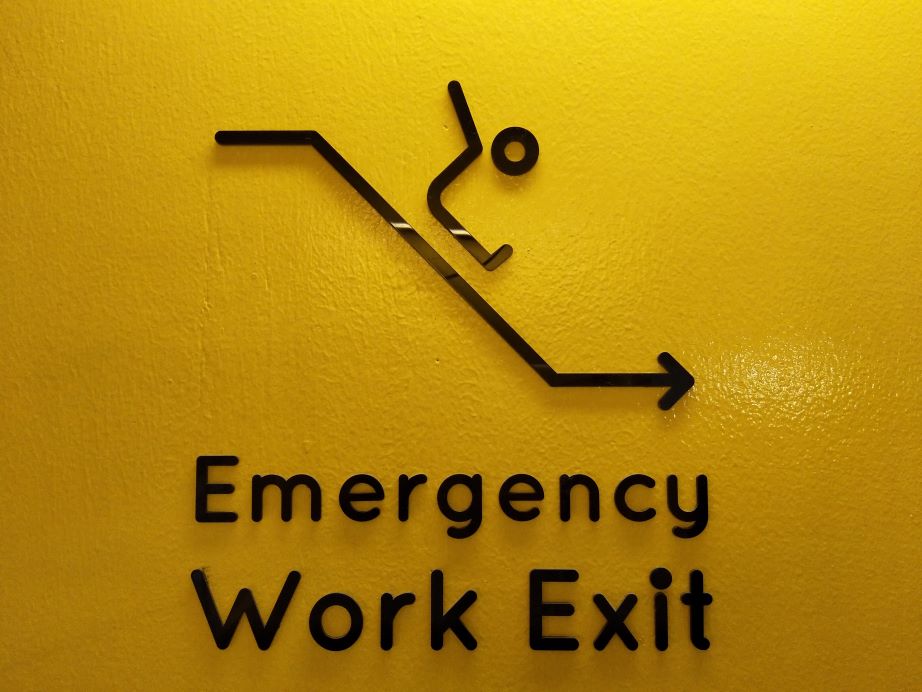Introduction
Cardiopulmonary resuscitation (MOUTH-TO-MOUTH RESUSCITATION) is a life-saving technique that's important in emergency situations, especially when someone experiences cardiac arrest. The instant feedback of spectators can imply the difference between life and fatality. But not all CPR strategies are developed equal. Comprehending the science behind compression depth and rate in CPR can dramatically enhance the performance of this crucial treatment. In this short article, we will dive deep into the nuances of mouth-to-mouth resuscitation, analyzing various elements from basic to advanced life support, checking responsiveness, hospital codes and procedures, public defibrillator use, BLS certification, identifying no breathing, taking turns on compressions, and much more.
The Scientific research Behind Compression Deepness and Price in CPR
Before diving into the specifics of compression depth and rate, it's important to recognize what they entail. Compression deepness describes just how much you lower on the chest during compressions, while compression rate has to do with just how promptly you provide these compressions. Both elements are vital for ensuring reliable blood circulation during heart arrest.
Why Is Compression Deepness Important?
Research indicates that appropriate compression depth-- between 2 to 2.4 inches for grownups-- is critical for optimal blood flow. Compressions that are too shallow might not properly flow blood to important body organs.
What Regarding Compression Rate?
The suggested compression rate is between 100 to 120 compressions per minute. A sluggish compression price can cause poor blood circulation, which can minimize the possibilities of survival.
In significance, both compression depth and Sydney First Aid Course Near Me rate play an indispensable role in keeping FirstAidPro provider Sydney adequate perfusion pressure-- also prior to professional aid arrives.


Basic vs Advanced Life Support: Differences Explained
Understanding Basic Life Support (BLS)
Basic Life Support (BLS) includes vital methods that any person can learn-- like executing mouth-to-mouth resuscitation properly or making use of an Automated External Defibrillator (AED). The emphasis is mainly on acknowledging heart attack and launching prompt action.
Components of Basic Life Support
- Checking Responsiveness: Before starting CPR, it's important to examine whether the casualty is responsive. Identifying No Breathing: Recognizing when someone has actually quit breathing is important for timely intervention.
Advanced Life Support (ALS)
Advanced Life Assistance goes an action better. It includes sophisticated respiratory tract monitoring techniques and medicines that trained health care experts administer.
Key Differences Between BLS and ALS
|Function|Basic Life Support|Advanced Life Assistance|| ---------------------------|-------------------------|--------------------------|| Training Degree|Layperson-friendly|Calls for clinical training|| Methods Made use of|Chest compressions & & AED|Medications & & intubation|| Equipment|AED|Advanced tracking devices|
Understanding these distinctions aids make clear when each strategy must be used during emergencies.
Hospital Codes and Protocols: What You Need to Know
Understanding Healthcare facility Codes
Hospitals have certain codes that signal personnel to emergencies calling for prompt attention. For instance, "Code Blue" usually shows a person needing resuscitation.

Importance of Protocols in Resuscitation
Following health center procedures ensures that care corresponds and efficient. These protocols typically integrate standards around compression depth and rate based on recent research study findings.
How Codes Impact Compressions
During a Code Blue situation:
- Medical teams quickly presume roles. Compressions have to start right away after validating heart arrest. Following established procedures enhances synergy efficiency.
Public Defibrillator Usage: Trick Considerations
What Is an AED?
An Automated External Defibrillator (AED) is a mobile device that immediately diagnoses deadly heart arrhythmias. It supplies electrical shocks to restore typical heart rhythm.
Using Public AEDs Effectively
Locate the Tool: Familiarize on your own with locations where AEDs are available. Follow Voice Prompts: Public AEDs overview individuals through their use step-by-step. Combine with Compressions: Utilize the AED alongside top notch breast compressions for maximum effect.BLS Qualification: Why It Matters
Importance of Getting BLS Certification
Getting accredited in BLS furnishes people with essential abilities needed during emergency situations-- consisting of proper compression techniques.
Elements Covered in BLS Training
- Checking responsiveness Identifying no breathing Taking turns on compressions Maintaining composure under stress
These skills make sure that qualified individuals can act emphatically when seconds count.
Identifying No Breathing: An Essential Skill
Recognizing when somebody isn't breathing is a necessary ability in emergency circumstances:
Check for regular breaths for no more than 10 seconds. Look for upper body activity or pay attention for breath sounds. If there's no indication of breathing, initiate mouth-to-mouth resuscitation immediately.Being swift yet accurate can affect results substantially-- which leads us back to comprehending proper compression rates and depths!
Taking Turns on Compressions: Ideal Practices
When numerous responders exist:
- Switch every two minutes or after 5 cycles of compressions. This practice lessens tiredness and keeps high-grade compressions.
It's vital that every person entailed knows their duties plainly-- interaction plays a considerable role here!
Lower Compression Depth: Threats Involved
While it might be appealing to go simple on depth as a result of fear of hurting a person, researches show:
- Lower compression midsts lower blood circulation significantly. It's much better to err on the side of care by adhering purely to advised depths.
A full dedication guarantees better outcomes!
Slow Compression Price: Effects on Survival Rates
Adhering strictly to recommended rates improves blood flow:
- Slow rates reduce perfusion stress leading straight towards poorer survival rates.
Maintaining calmness during this procedure ensures you're supplying effective treatment without panicking-- a huge plus!
FAQ Section
1. What is the suitable compression deepness for adults throughout CPR?
The optimal compression deepness for grownups ranges from 2 inches (5 centimeters) as much as about 2.4 inches (6 cm).
2. Just how fast need to I execute upper body compressions?
Chest compressions must be supplied at a price in between 100 to 120 compressions per minute.
3. What actions should I take if I locate someone unresponsive?
First check responsiveness; if there's none, ensure they're not breathing prior to beginning CPR immediately while calling emergency situation solutions if possible!
4. Can any individual use an AED?
Yes! Public AEDs are created for laypersons; they give audio directions guiding you with each action safely!
5. What does BLS qualification entail?
BLS accreditation covers fundamental lifesaving skills such as inspecting responsiveness, performing reliable upper body compressions & & utilizing AEDs properly amongst others!
6. Why do we require to take turns while carrying out compressions?
Fatigue embed in promptly when performing continuous upper body compressions; changing every couple of minutes makes certain high-quality performance throughout resuscitation efforts!
Conclusion
Understanding The Science Behind Compression Deepness and Rate in CPR empowers spectators with expertise essential for saving lives throughout emergencies-- every 2nd counts! With correct training with training courses like BLS certification along with recognition relating to health center codes & & protocols integrated with public defibrillator usage familiarity empowers people all over! Remember-- one of the most crucial aspect remains keeping calmness throughout any scenario while acting decisively might lead to all the difference! So outfit on your own today; your abilities can save a life tomorrow!
First Aid Pro is one of Sydney’s leading providers of accredited CPR and first aid courses. Established in 2012, our nationally registered training organisation (RTO) has equipped over 2.6 million Australians with essential life-saving skills through our experienced team of over 110 expert trainers. Conveniently located in the heart of Sydney at Chambers Arcade Level 15, Suite 1501/370 Pitt Street, Sydney NSW 2000, we offer top-quality, nationally accredited CPR and first aid training sessions tailored to your needs—whether for workplace requirements, career advancement, or personal safety. From childcare-specific first aid to advanced first aid and resuscitation, we’ve got you covered! Secure your Sydney first aid course or CPR training with us and build the confidence to handle emergencies with a trusted Sydney first aid provider. Take the first step towards becoming a skilled and capable first aider with First Aid Pro today! Call today on 08 7120 2570.